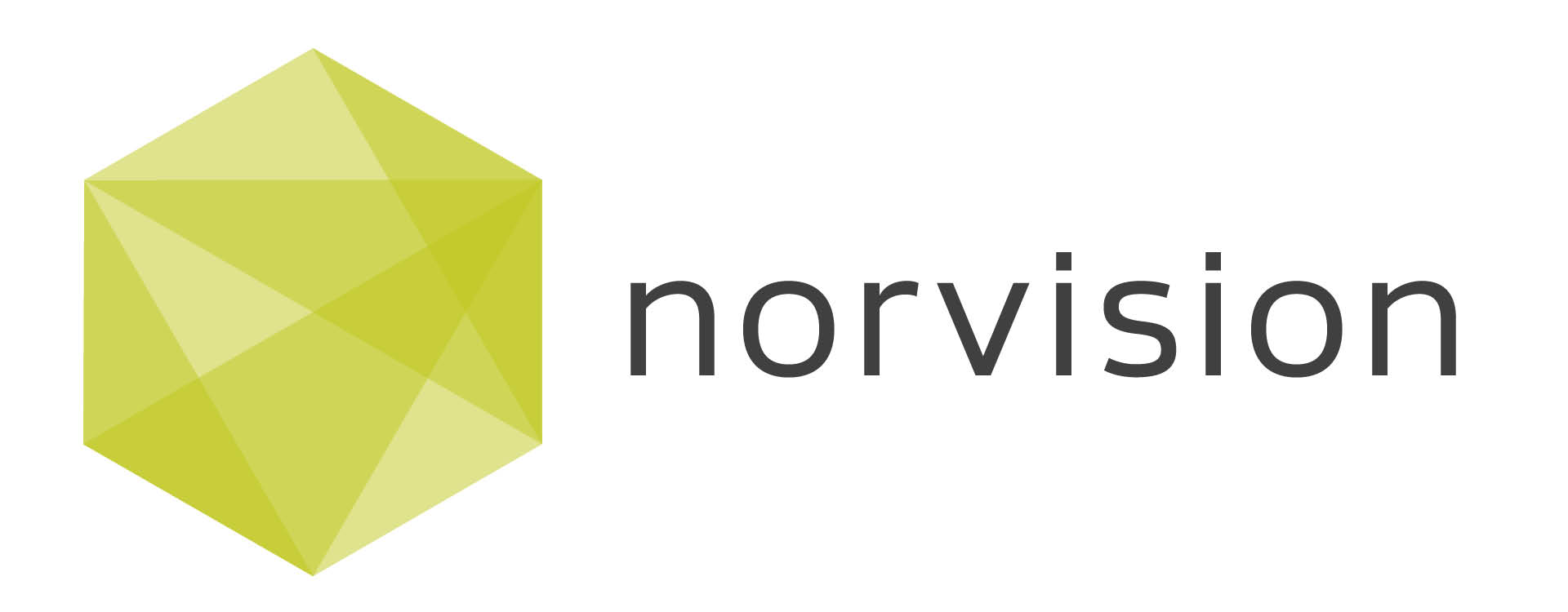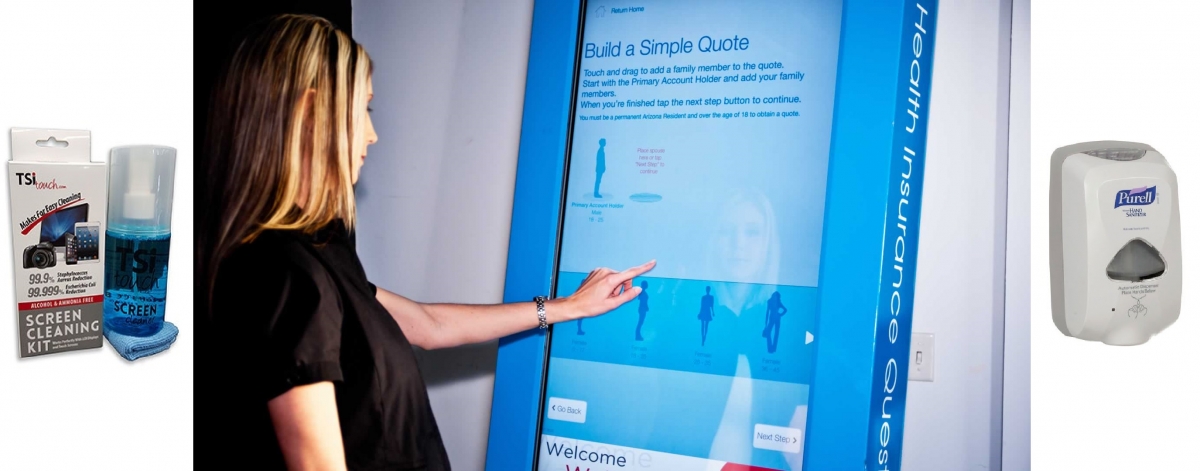Self-service kiosks and digital signage have maintained a strong public safety record over the years, but industry leaders recognize they need to pay close attention to sanitation. Touchscreens need to be cleaned often. They get dirty quicker than non-touch screens, and the dirt interferes with both the visual experience and touch sensitivity.
Touchscreens are an ideal surface for bacteria to reproduce due to the heat they emit, harboring all kinds of germs that can easily thrive in those conditions. Health care is a sector at great risk due to hospital check-in kiosks and other touch enabled devices.
First a warning: Do not use abrasive on screens. Many touch screen devices have oleo-phobic (anti-smudge) coatings that help prevent buildup of the oil from your fingertips on the screen. Cleaners like Windex will slowly erode this coating and it’ll lose its sheen and eventually be more prone to collecting fingerprints and bacteria. Stayaway from the heavier stuff like bleach and ammonia!
Norvision’s recommendation to greatly reduce the risk of contamination is to device a proper cleaning regime for touch enabled devices. Norvision strongly suggests wiping down the screen once or twice a day using a lightly moisten a lint-free cloth with antibacterial screen cleaner, preferably microfiber (no paper towels) and gently wipe down the screen.
A screen cleaning kit will be supplied to the staff when our installations are completed. The screen cleaner is a high-performance product that is safe to use on any screen. It has passed ROHS standards and SGS testing for stopping bacterial growth. It removes dust, fingerprints, and streaks without harming your screen.
In addition, we recommend installing a hand sanitizer dispenser by the display so users can have easy access to this service after interacting with the touch screen.


Leave A Comment